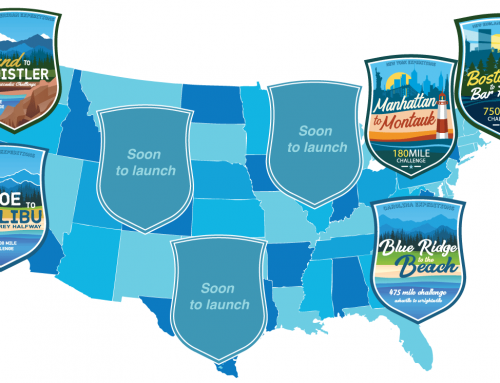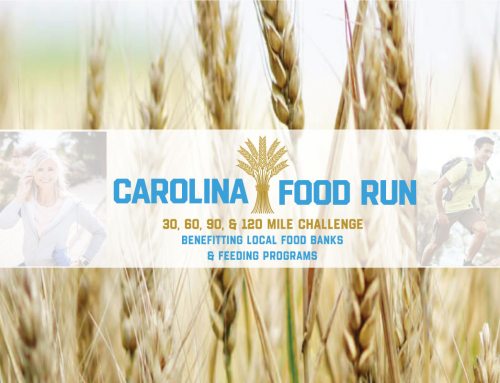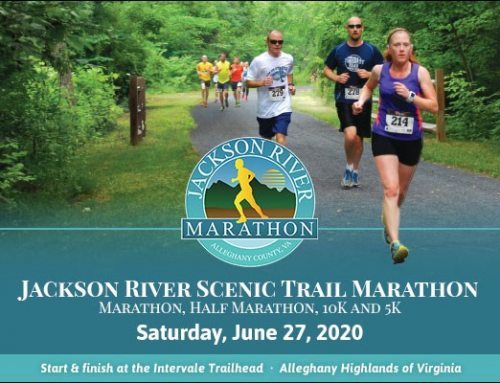By DC Lucchesi
At a cocktail party full of endurance athletes, brags about training load, fad diets, and swanky, stupid-light equipment are as ubiquitous as snowflakes in Minnesota. A real eyebrow-raiser in this or most any other circle would be crows about how much time you’re spending in the sack. (Sleeping, people. This ain’t that kind of magazine.)
Staying awake is expensive. The New York Stock Exchange values Starbucks at $35 billion. We’re knocking back twice as many so-called energy drinks as we were just a few years ago, and over-the-counter stimulants once reserved for long-haul truckers and procrastinating college students are now as easy to come by as seats at a Charlotte Bobcats game. But a solution to our sleep-deprived state may be easy, legal, and free.
“Sleep is what God designed for us to recover,” says coach and former pro triathlete Jamie Yon of Tri-Yon Performance. “If you can’t get enough at night, then naps are huge.”
Coaches, doctors, and preschool teachers agree: Naps can be the ticket to getting the rest we need. But what about napping’s bad rap in our go-go-go society? Don’t believe the hype. Count Usain Bolt, Kara Goucher, Bill Clinton, Thomas Edison, and Albert Einstein among the famous folk and pros with successful track records, pardon the pun, and a commitment to counting zzz’s. Active people tend to sleep better at night, but heavier training means you’ll need even more rest.
“If you’re tired during the day, then you’re obviously not getting enough sleep at night,” says Greg Langdon, RPSGT, a sleep technologist in Greenville, S.C. Langdon says if you feel like taking a nap you should, unless it affects your sleep at night.
Getting enough sleep can lower stress levels, increase alertness and productivity, and boost your creativity and motivation. Everyone’s needs are different, but the sub-seven-hour night’s sleep most of us get is far from sufficient. Work, family, and your kids’ soccer schedules may all conspire against your plans to go to bed right after dinner in advance of that 4:30 a.m. start to that weekday long run. Here’s what the experts we talked to offered up to help you take nap time seriously.
How to Nap Like a Champ
Make the commitment:
Schedule your nap like you would your workout. If it’s on your calendar then you’re more likely to make it happen. Making naptime part of your routine will make it easier for you to fall asleep.
Timing is everything:
Our energy levels drop just after midday, or sooner if you’re a very early riser. Time your naps to hit this cycle and you’ll nod off faster, making the most of the available time. Don’t nap too close to bedtime or it could make it harder to fall asleep at night.
Location, location, location:
You wouldn’t try to nap on a busy street corner, would you? A dark, quiet place is obviously best. Lying down is better than sleeping in a chair. Can’t find all that at the office? Duck out to your car and kick the seat back for a few.
How much is too much?
Experts agree a 20-minute “power nap” can boost mental alertness, but it takes closer to 45 minutes to an hour for the body to recover from tough workouts. But don’t overdo it. More than an hour and a half can leave you with that groggy feeling doctors call sleep inertia. Set your alarm to wake up on time.
# # #
D.C. Lucchesi runs, rides, and writes from Charlotte. When D.C. isn’t planning or participating in his own “next adventure,” the award-winning writer and former television producer can be found freelancing and waxing poetic on subjects ranging from health and endurance to schools and politics. When he’s not volunteering or coaching in some capacity with school-aged kids, he still enjoys interacting with grown-ups. Find him at dclucchesi@gmail.com.






